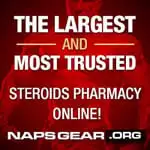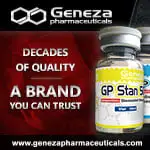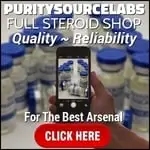[email protected]
New member
I put this as a reply in another thread but I wanted to see if I can get direct feedback on this.
How about filtering? What is the size of the filter? If it is small enough you may be keeping the bacteria out by filtering. They are .45u pore size.
Here is an excerpt from a web site:
To assess the microbiological population in water, one must trap existing micro-organisms on a .45u filter in a specified volume of water. The filter is then placed directly on nutrient agar. This will render a numerical value of colony forming units (CFU) per volume of water. Identification of isolated colonies on the membrane filter can then proceed by standard microbiological methods.
It looks like a .45u syringe filter will trap most bacteria.
How about filtering? What is the size of the filter? If it is small enough you may be keeping the bacteria out by filtering. They are .45u pore size.
Here is an excerpt from a web site:
To assess the microbiological population in water, one must trap existing micro-organisms on a .45u filter in a specified volume of water. The filter is then placed directly on nutrient agar. This will render a numerical value of colony forming units (CFU) per volume of water. Identification of isolated colonies on the membrane filter can then proceed by standard microbiological methods.
It looks like a .45u syringe filter will trap most bacteria.


 Please Scroll Down to See Forums Below
Please Scroll Down to See Forums Below 










